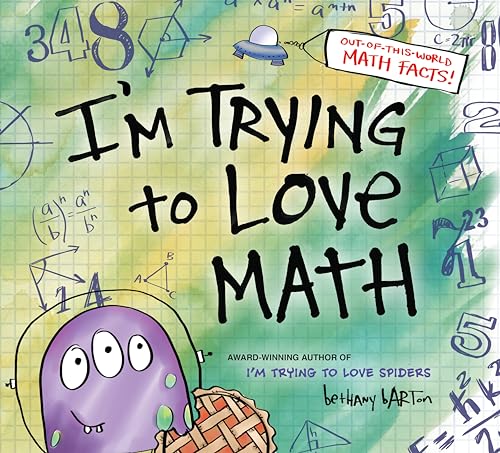For
the past several decades, talking honestly about equality is how many
educators
have responded to Critical Race Theory or CRT in the classroom and
beyond. The future, however, with respect to the issue being taught
honestly in public classrooms is in doubt as Republicans in many states
work to cancel any mention of it, along with the associated
atrocities that have occurred throughout history. Demonization of the
ambiguous term will certainly make future news; however, in the
meantime, it's vital for teachers to cover the topics associated with
it.
As
a professor perched into a position that advocates for concepts
associated with CRT such as diversity, social justice and equality, I’ve
come to introduce to graduate students in teacher education many
aspects of the misinterpreted term, which has become a hot topic also
addressed by
broadcasters of every persuasion and one that is being censored in
schools by some state and local governments. CRT has evolved into a
wedge issue that will prevent teachers from honestly guiding students
to comprehend the various points of view about the lessons the past has
taught us, so that they can decide for themselves what they want for the
future.
CRT, in part, has to do with the implied meanings of words. For years, new
teachers have been indoctrinated to race theory by analyzing their own
backgrounds and those of their students, including race/culture and all
language associated with it. All teachers are required to examine how
race/culture has affected them and their belief system, along with undergoing a
rigorous study of sociolinguistics, which teaches how humans have used
language, verbal and nonverbal, to communicate and influence each other
throughout time. Using language effectively is required in teaching, both to
get students’ attention and to think critically about the world.
The media has hammered the term "critical race
theory" into the public psyche relentlessly without defining it clearly,
so that they can manipulate the public. Teachers do not operate in the same way
as several media outlets depict them. Unlike many broadcasters, teachers are
cognizant that terms and concepts need to be clearly defined using a variety of
methods for students to understand their meaning. Politicians know how to
manipulate some media outlets by using loaded terms that antagonize public
perceptions of race and culture. They use phrases and slogans filled with
implicit racism without defining them, so that the terms can be molded into any
shape and form that churns the public into a frenzy by advocating for laws that
put restraints on teachers, never regarding their professional training.
The validity of CRT is being argued by broadcasters on
right-leaning cable networks without proper scaffolding for their viewers to
understand the issue. These arguments have failed to explain just what CRT is.
Critical Race Theory has been taught for decades since the 1960s, the time
Paulo Freire wrote the book "Pedagogy of the Oppressed," which
describes how the oppressors in society needed to recognize what they have done
in the past and that those oppressed understood what has happened to their
ancestors. Parts of the book would be considered a radical treatise about
education. However, in the classroom when race issues come up, they often are
associated with topics in the history curriculum that cover events such as the
Civil War and the Civil Rights Movement. Teachers work together to carefully
plan lessons and units that span across many subjects across the curriculum to
provide an equitable education to all students by including multicultural
integration, so that they can be taught to make the world a better place
through research of historical and contemporary issues from a wide range of
publications with varying views about past oppression.
The teachings of CRT include problem solving and critical
thinking skills so that students can compare, contrast and seek solutions to
social problems by reading reputable sources about local, state and national
issues. Common Core standards for speaking and writing can be met by
having students discuss and write about them.
By studying current events and the history behind them,
students can develop solutions to contemporary issues by evaluating their
thoughts about how humanity has engaged in irrational thought and acts during
different periods of history, along with how they solved the problems that
confronted them. Students can also determine actions of the dominant culture,
along with discovering oppression and how people have organized to fight it.
CRT topics include studies of race, power and privilege that have existed in
both Eastern and Western civilizations throughout history. Make no mistake
about it, open discussions of these issues are a vital part of all levels
of education because no academic program can function honestly without them.
Matthew Bamberg is an adjunct professor of education at
National University in San Diego.


